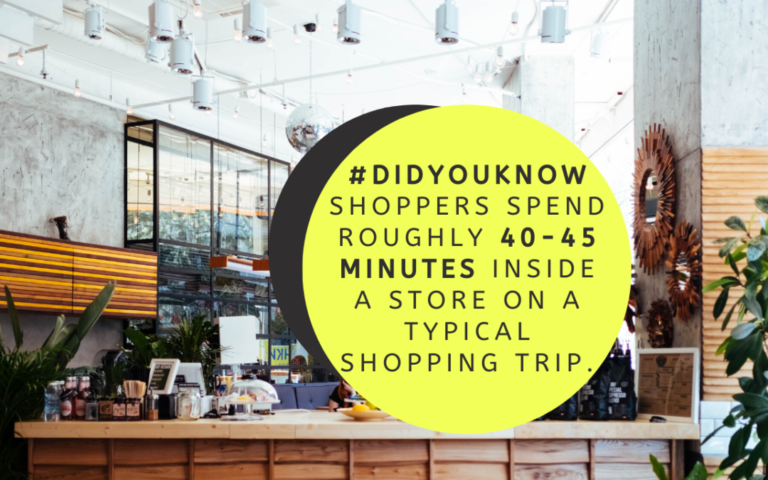Retail digital signage and advertising displays

For 2020 and beyond, retailers should take advantage of their in-store traffic as it relates to advertising monetization
Retailers have made significant progress over the past decade elevating their online, e-commerce experience for their customers. Much work remains to close the gap with Amazon and eBay, but traditional retailers are at least fully engaged and taking the online world seriously. A major part of this upgraded online experience is a more effective ability to fully monetize their websites via advertising. A major retailer creates hundreds of millions of dollars in high-margin ad revenue for their companies each year. Amazon still dwarfs even Walmart on this metric, but the gap can quickly close as retailers take the tools, pipelines, and infrastructure of the online world and apply it to the physical world.
For reference, according to Forrester Research, an omnichannel retailer still produces approximately 75% to 85% of its total sales from in-store transactions. And this percentage is not going to be significantly reduced anytime soon. The idea of moving a majority of retail purchases to the domain of the online world is still very far into the future.
Overcoming In-store (Digital signage) advertising measurement challenges
Also, shoppers spend roughly 40-45 minutes inside a store on a typical shopping trip. Compared to the 5 to 10 minutes that same shopper will spend on a retailer’s website. This provides many more opportunities to engage with the in-store shopper. Clearly, the major monetization prize for retailers will continue to be found in the physical store. The challenge is how they can be leverage this opportunity since advertisers are demanding measurable results from their ad spends.
The good news is that better software, lower digital signage screen costs, and other factors are helping retailers access these in-store digital signage screen impressions more effectively than ever before.

Audience measurement systems using video and/or mobile device tracking are helping retailers better count and measure store traffic. Screens continue to come down in price as technology allows for larger and larger screens for less capital. And programmatic back office technology integrated with a viable content management system and the POS system allows targeted advertising at the point of purchase. Add these trends up and the future has never been brighter for a retailer to leverage their store traffic and better educate their shopper with more relevant content.
Remember, the best thing about media inside a store is that content and advertising are one and the same. And as retailers better understand that their goals for a better customer experience intersect with their goal to create more high-margin revenue, we should see a proliferation in digital signage display technologies throughout 2020 and beyond.
Written by Mike Hiatt

